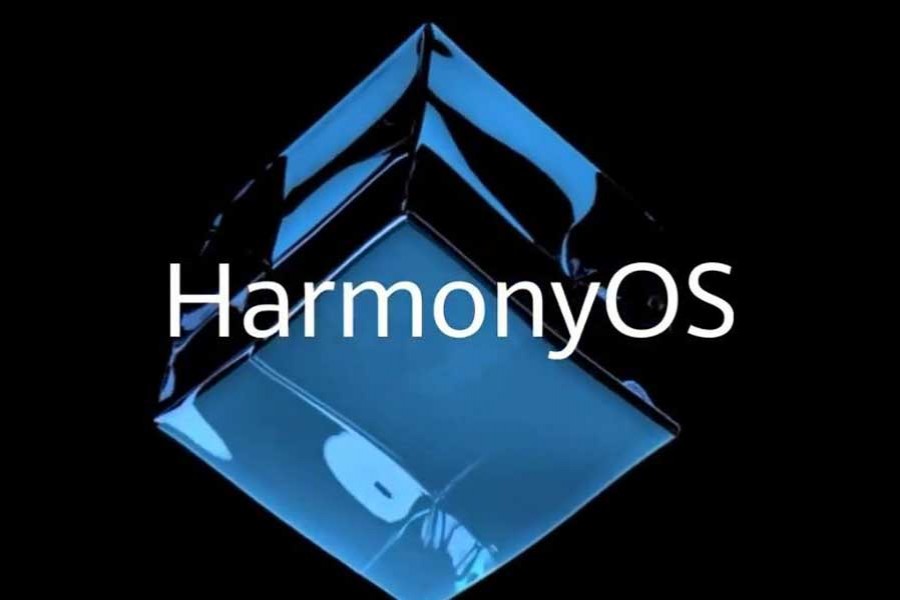
Published :
Updated :

Chinese tech firm Huawei released its much-anticipated self-developed operating system (OS) HarmonyOS on Friday amid the company's US ban and an escalation of trade tensions. A Huawei executive said this groundbreaking move could be used at any time if the company is no longer able to access Google's Android.
The future-oriented, microkernel-based, distributed OS will focus on delivering seamless experiences in the Internet of Thing (IoT) and artificial intelligent-powered connected devices. It can be used in various devices including smartphones, wearables and laptops. HarmonyOS is widely referred as HongMeng in previous media reports.
Huawei will launch HarmonyOS-equipped smart screen products this year. In the next three years, HarmonyOS will gradually be adopted across a broad range of smart devices, including wearable devices, smart screens (Huawei Vision) and car head units.
"If we can't use Google's Android anymore, we can use our own OS anytime if needed," Richard Yu Chengdong, CEO of Huawei consumer business, said at Huawei's Developer Conference in Dongguan, South China's Guangdong Province.
Yu said that the birth of HarmonyOS is due to Huawei's desire to further improve the OS' capacity to run across different platforms, including supporting all scenarios across a broad range of devices and platforms while achieving strong safety and low latency.
"In contrast to Android and [Apple's] IOS system, HarmonyOS is born for the future," Yu said. "You can develop your apps once, then flexibly deploy them across a range of different devices."
The HarmonyOS adopts leading technologies, which enables response latency of apps to be reduced by 25.7 percent compared with the current system, while the inter process communication performance could be up to five times more efficient than existing systems.
Yu said it wants to build HarmonyOS as the most open OS and ecosystem. As ecosystem is the key in developing HarmonyOS, the new OS will be an open source platform to all global developers. And Huawei will also establish an open-source foundation and an open-source community to fast-track the ecosystem's growth.
Industry observers said that HarmonyOS is Huawei's Plan B in the face of maximum pressure from the US government and its flip-flopping approach in dealing with China-US trade negotiations. It will also give a huge boost to homegrown core technologies in China amid US crackdown on Chinese technologies..
Huawei began research and development for its self-developed OS in 2017. The company was able to launch HarmonyOS in a very short time, which reflects its strong research and development ability and long-term strategy in enhancing its core competitiveness, an industry insider told the Global Times.
Since the US' Commerce Department put Huawei into a blacklist in mid-May, Huawei engineers and software writers have taken shifts working 24-hours-a-day to develop the HarmonyOS, another source told the Global Times.
"If the US continues to block and ban shipments to Huawei, Harmony OS will be built into a strong ecosystem based on its Chinese market and will challenge Android in the global market," the insiders said.
In May, the US government abruptly placed a ban on its companies supplying key components and equipment to Huawei over alleged national security reasons. Google followed this order and partially limited Huawei's access to its Android system.
Then, following a consensus reached between Chinese and US leaders at the G20 Summit in Japan, the US said in June that American businesses could apply for special licenses to supply goods to Huawei. However, the Bloomberg quotes sources close to the matter as saying on Thursday that Washington is holding off such a decision as China-US trade relations worsen.


 For all latest news, follow The Financial Express Google News channel.
For all latest news, follow The Financial Express Google News channel.